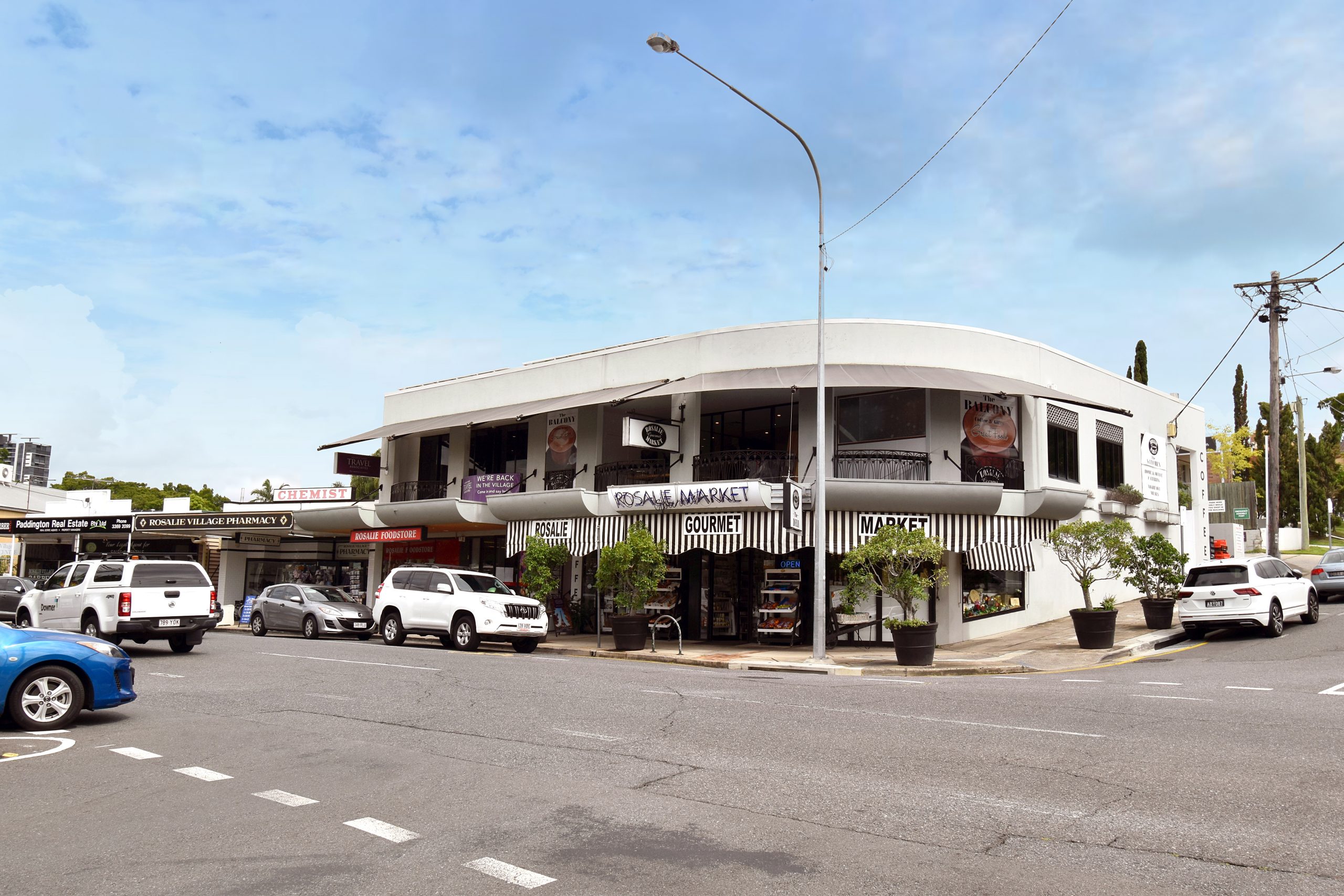Navigating the Ever-Changing Property Market
We all know that the Brisbane housing market can be subject to rapid change. While owning a home is a lifelong goal for most people, not knowing how to navigate the sometimes-volatile Brisbane real estate market can make the prospect of investing in it quite daunting. Fortunately, a professional Brisbane property market forecast will offer educated estimations as to the future market value of a certain type of property.
It is important to note that property market forecasts are projected based upon previous and existing property market data, and should not be relied upon as qualified advice or accurate predictions of future performance. All forecast data is current only at the time of publication and it is subject to change over time. It’s important to note that forecast data is computer generated from a mathematical model using available market statistics, and does not take into account your individual circumstances.

What Influences the Property Market in Brisbane?
If you’re Brisbane based and wanting to buy, or if you’re living out of town and looking to invest within a city with a lot to offer, then understanding the factors that can influence Brisbane’s property market will serve as an invaluable addition to your real estate toolkit. Common variables can include:
- Housing Supply and Demand: People tend to flock to areas that are beneficial for work, education, or recreational prospects, which can create increased population within a certain region. As a result, properties in the area can become less abundant and therefore more competitive, causing house prices in Brisbane to increase; and sometimes even causing other previously popular districts to become less favourable by comparison
- Lifestyle benefits: Introducing popular cafes, restaurants, or other recreational establishments within an area can drive its market value up
- Location to the CBD: Areas in close proximity to the Central Business District tend to be favourable to working-class renters or buyers, as a large portion of professionals have to commute there daily for work
- Transportation: Due to its relative cheapness and positive environmental impact, many people choose to take public transport instead of driving to work. Therefore, houses located in a neighbourhood with easy access to ferry, bus, or train lines become highly coveted
- School Catchments: In order to be eligible for enrolment into certain state schools, students need to live within the perimeters of a predetermined area, which can make certain suburbs increase in appeal and market value
- Inflation: Inflation refers to the rate at which the overall prices of goods and services rise and the consequential drop in the purchasing power of currency
- National Accounts: National accounts are the accounting techniques which measure the economic activity of an entire nation
- Consumer Sentiment: Consumer sentiment refers to an evaluation of the economy which is determined by consumer opinion and takes into account personal financial wellbeing, the health of the short-term economy, and the potential for long-term growth. When consumer sentiment is negative, housing markets typically decline
- Household Finances & Mortgage Lending: Most home buyers will need lending in order to take out a mortgage on a property, which creates a direct relationship between household finance and the ability to get a loan. If the average household income within an area is not sufficient to leverage a home-loan, the property market in Brisbane can depreciate or become less economically viable
- Demographic Overview: While most Brisbane suburbs are home to hugely diverse groups of people, certain areas can appeal to specific demographics with varying socioeconomic characteristics. For example, certain suburbs may have a tendency to be heavily populated by retirees, students, or young families, which can ultimately influence the housing market within that area

Brisbane Housing Market: Andrew Degn’s Expert Opinion
The housing market in Brisbane is solid and steady within the inner city suburbs. An increase in sales activity has recently rippled out into a 7 to 10 kilometer radius, reaching Stafford and Mitchelton. Yet, with many homeowners finding that they’re buying in outer suburbs for similar prices to inner suburbs – only without the convenience and lifestyle benefit of central living – the focus has come back to inner suburbs. Thus, the inner residential Brisbane property market is ready for its next increase, as buyers become all the more aware of its exceptional value for money.
This increase will start to take effect early next year, and should coincide with more profits following the southern state’s post-spring selling high, eventually filtering up into Queensland.
So, in the next year I would head back into town and choose character-rich suburbs close to great infrastructure, lifestyle options, and school catchments to ensure you’re getting better value for money. Buy the best you can in the following areas:
1. Paddington
2. Milton
3. Red Hill
4. Ashgrove
5. Auchenflower
6. Toowong
Throughout the different regions of Queensland, coastal regions within a 2-hour drive from the CBD are currently growing in value. This trend will continue as the prices are low and the population are planning ahead for retirement after realising capital gains from interstate sales. The Sunshine Coast is experiencing the benefit of major infrastructure approvals like the Sunshine Coast Airport and the Gold Coast the Commonwealth Games. These activities all instill confidence in our marketplace.
